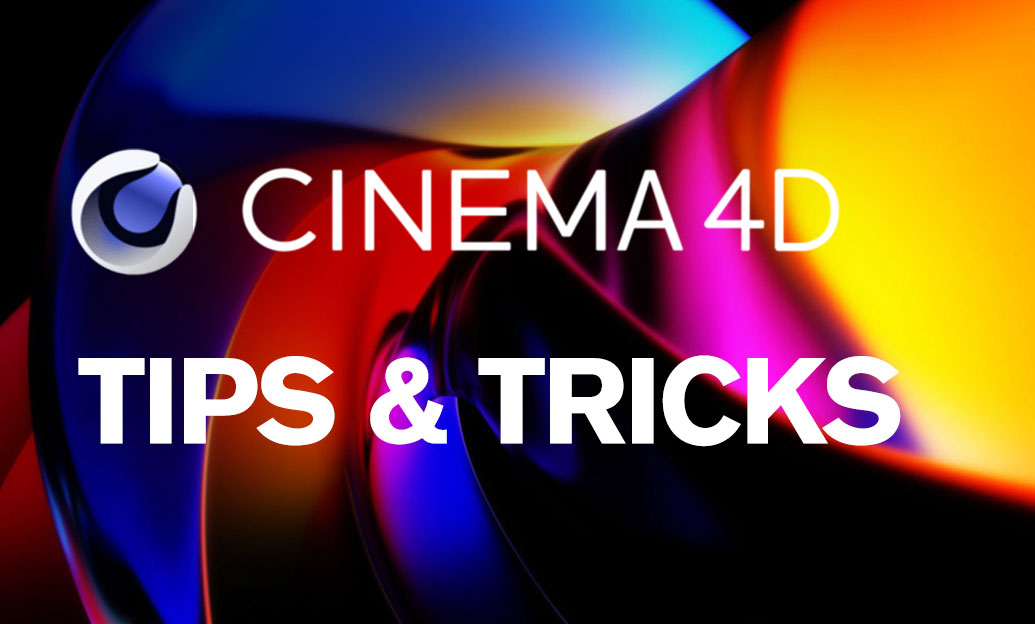Your Cart is Empty
Customer Testimonials
-
"Great customer service. The folks at Novedge were super helpful in navigating a somewhat complicated order including software upgrades and serial numbers in various stages of inactivity. They were friendly and helpful throughout the process.."
Ruben Ruckmark
"Quick & very helpful. We have been using Novedge for years and are very happy with their quick service when we need to make a purchase and excellent support resolving any issues."
Will Woodson
"Scott is the best. He reminds me about subscriptions dates, guides me in the correct direction for updates. He always responds promptly to me. He is literally the reason I continue to work with Novedge and will do so in the future."
Edward Mchugh
"Calvin Lok is “the man”. After my purchase of Sketchup 2021, he called me and provided step-by-step instructions to ease me through difficulties I was having with the setup of my new software."
Mike Borzage
How AI is Revolutionizing Design Software: Enhancing Creativity, Efficiency, and Innovation
August 15, 2024 4 min read


Introduction to AI in Design Software
The integration of artificial intelligence (AI) into design software is reshaping the creative landscape. From its early days of rudimentary algorithms to today's advanced machine learning models, AI has come a long way in enhancing design processes. AI-powered tools are now a cornerstone in contemporary design, driving both innovation and efficiency.
Current trends demonstrate a significant growth in the adoption of AI technologies within design software. Key advancements include machine learning algorithms that can understand and predict design patterns, and generative design tools that create multiple design options based on specific parameters. According to market research, the adoption rate of AI-powered design tools is on a steep upward trajectory, with industries ranging from architecture to automotive embracing these technologies.
Enhancing Creativity and Efficiency
AI-Driven Generative Design
Generative design is a paradigm where designers input specific criteria into an AI system, which then explores all possible design solutions to find the best options. This approach has wide-ranging applications, from architectural layouts to product designs. By using algorithms that mimic natural processes, generative design can produce thousands of iterations, offering unique solutions that might not be conceivable through traditional methods.
For example, an architect can input parameters such as site constraints, materials, and budget into a generative design tool, which then generates multiple building layouts optimized for these criteria. This not only accelerates the design process but also ensures that the final output is highly optimized for performance and efficiency.
Automating Repetitive Tasks
AI excels at automating repetitive and time-consuming tasks, freeing up designers to focus on more creative aspects of their work. Examples of tasks that can be automated include:
- Rendering and visualization
- Drafting and detailing
- Data analysis and reporting
By automating these tasks, AI significantly reduces design timelines and boosts productivity. For instance, what once took days or even weeks to render can now be accomplished in a fraction of the time, allowing designers to iterate more quickly and efficiently.
Boosting Creativity
Artificial intelligence is not just about efficiency; it also plays a crucial role in enhancing creativity. AI tools help designers explore new possibilities and solutions that might not be immediately apparent. By providing a platform for rapid ideation and visualization, AI empowers designers to push the boundaries of traditional design.
Tools like Adobe Sensei and Autodesk’s Dreamcatcher facilitate creative ideation by offering features such as smart filters, style transfer, and automated design suggestions. These tools enable designers to experiment with different styles and approaches, leading to more innovative and compelling designs.
Practical Applications and Industry Use Cases
Architectural Design
In architecture, AI applications are revolutionizing the way buildings are designed and constructed. AI-powered tools optimize building designs by analyzing data related to environmental conditions, material properties, and structural requirements. This results in more sustainable and efficient buildings.
For example, AI can simulate various environmental scenarios to determine the best building orientation and materials for energy efficiency. This not only reduces the environmental impact but also lowers operational costs. Additionally, AI-driven tools can generate structural designs that maximize space utilization and aesthetic appeal.
Product Design and Manufacturing
AI is transforming product design and manufacturing by enabling more efficient and innovative development processes. From concept to production, AI tools assist in creating products that are both functional and aesthetically pleasing.
AI-driven design software can analyze user data to predict market trends and consumer preferences, allowing companies to tailor their products to meet specific demands. Furthermore, AI can optimize manufacturing processes by identifying potential issues before they occur, reducing waste and improving quality.
Graphic Design and Media
The impact of AI on graphic design and media production is profound. AI tools enhance workflows by automating tedious tasks such as color correction, image resizing, and video editing. This allows designers to focus on the creative aspects of their projects.
Moreover, AI-driven software can generate content such as banners, social media posts, and even entire websites, based on predefined parameters. This not only speeds up the production process but also ensures consistency and quality across different media channels.
Challenges and Future Prospects
Technical and Ethical Considerations
Despite the numerous benefits, there are several technical and ethical considerations associated with AI in design. Data privacy and security are major concerns, as AI systems often require access to vast amounts of data. Ensuring that this data is stored and processed securely is crucial to maintaining user trust.
Ethical implications also arise in AI-driven design decision-making. For instance, reliance on AI could lead to a loss of human intuition and creativity in the design process. There is also the risk of biased algorithms that may produce discriminatory or suboptimal designs.
Overcoming Integration Barriers
Integrating AI with existing design workflows presents several challenges. Compatibility issues, lack of technical expertise, and resistance to change are common barriers to adoption. However, these challenges can be overcome through:
- Training and education programs to upskill designers in AI technologies
- Investing in compatible software and hardware infrastructure
- Adopting a phased approach to integration, starting with pilot projects
Future Outlook
The future of AI in design software looks promising, with several potential breakthroughs on the horizon. Advances in machine learning, natural language processing, and augmented reality are expected to further enhance design capabilities. Emerging technologies such as quantum computing could also revolutionize design processes by providing unprecedented computational power.
In conclusion, AI-powered software tools are transforming the design landscape by enhancing creativity, efficiency, and innovation. While challenges exist, the potential benefits far outweigh the drawbacks. As technology continues to evolve, the integration of AI in design will undoubtedly lead to more intelligent, sustainable, and creative solutions.
Also in Design News

Cinema 4D Tip: Connect Objects + Delete for clean, export-ready meshes
December 26, 2025 2 min read
Read More
Revit Tip: Revit Conceptual Mass Workflow: Setup, Parametrics, and Conversion
December 26, 2025 2 min read
Read More
V-Ray Tip: Light Linking Best Practices for V-Ray for SketchUp
December 26, 2025 2 min read
Read MoreSubscribe
Sign up to get the latest on sales, new releases and more …


